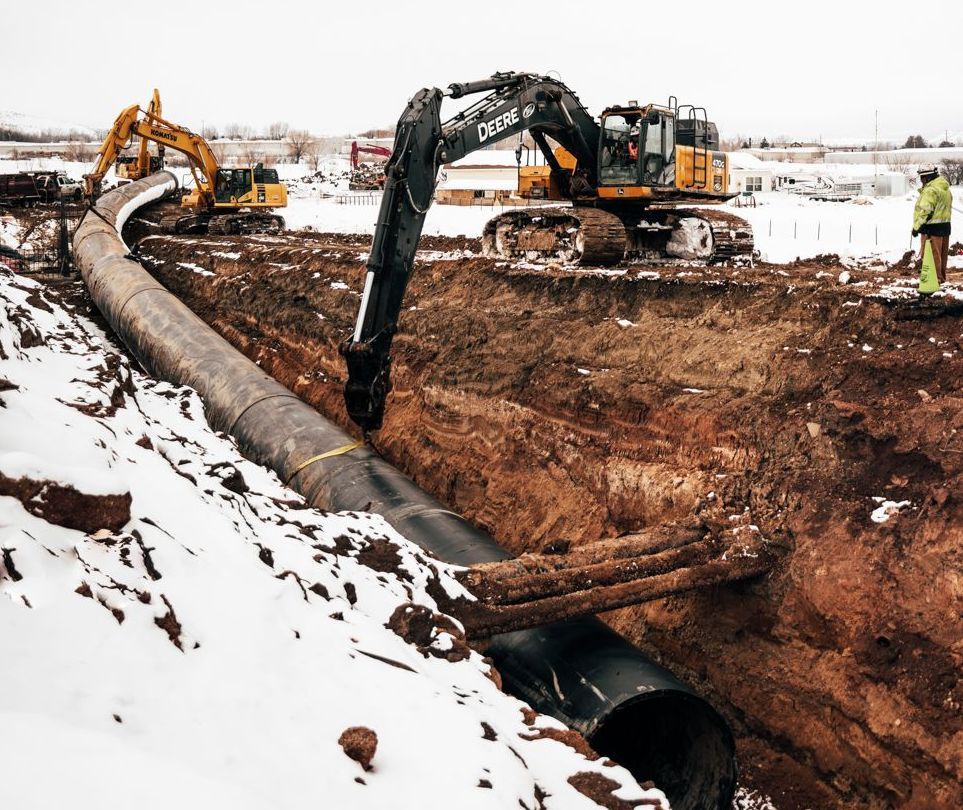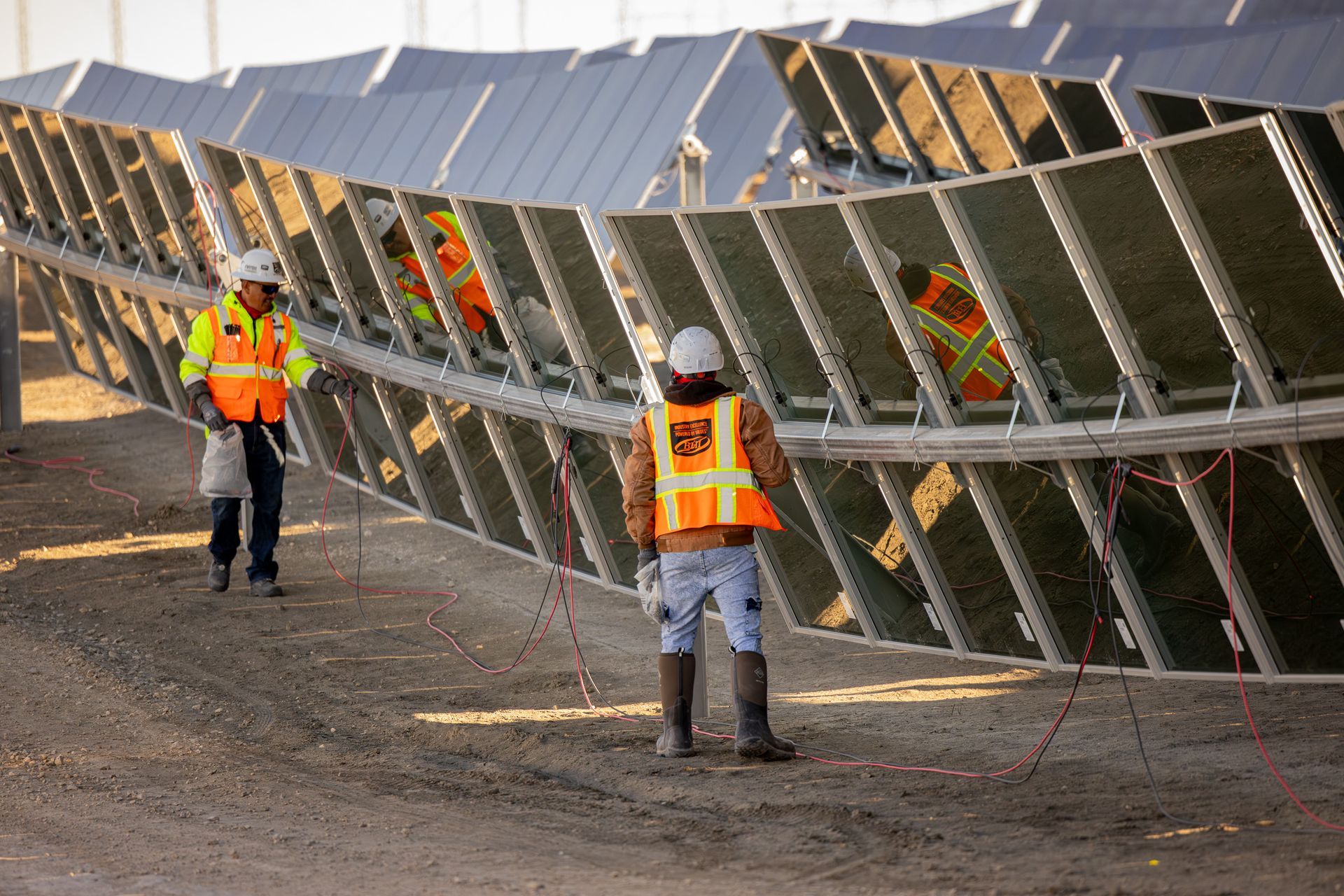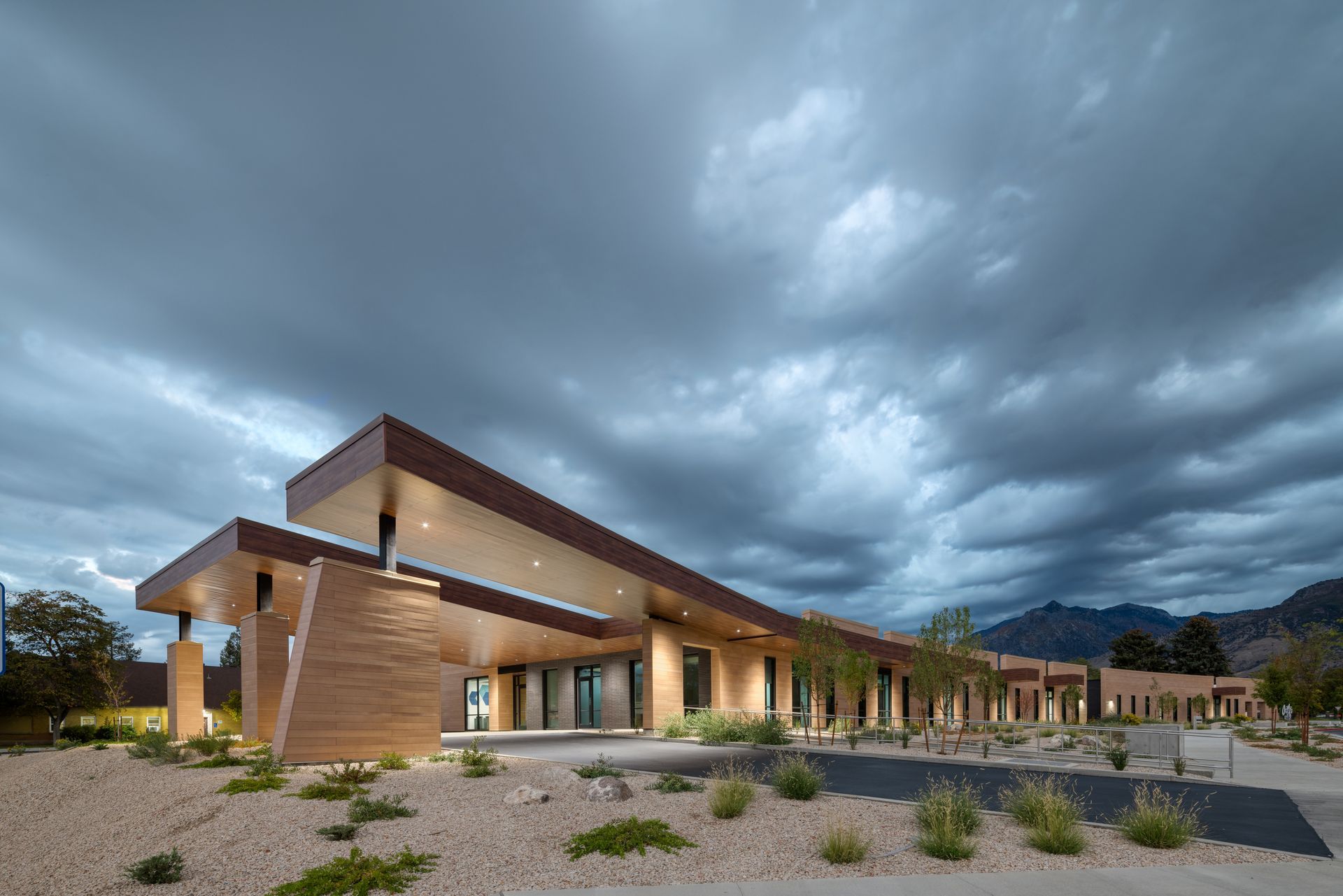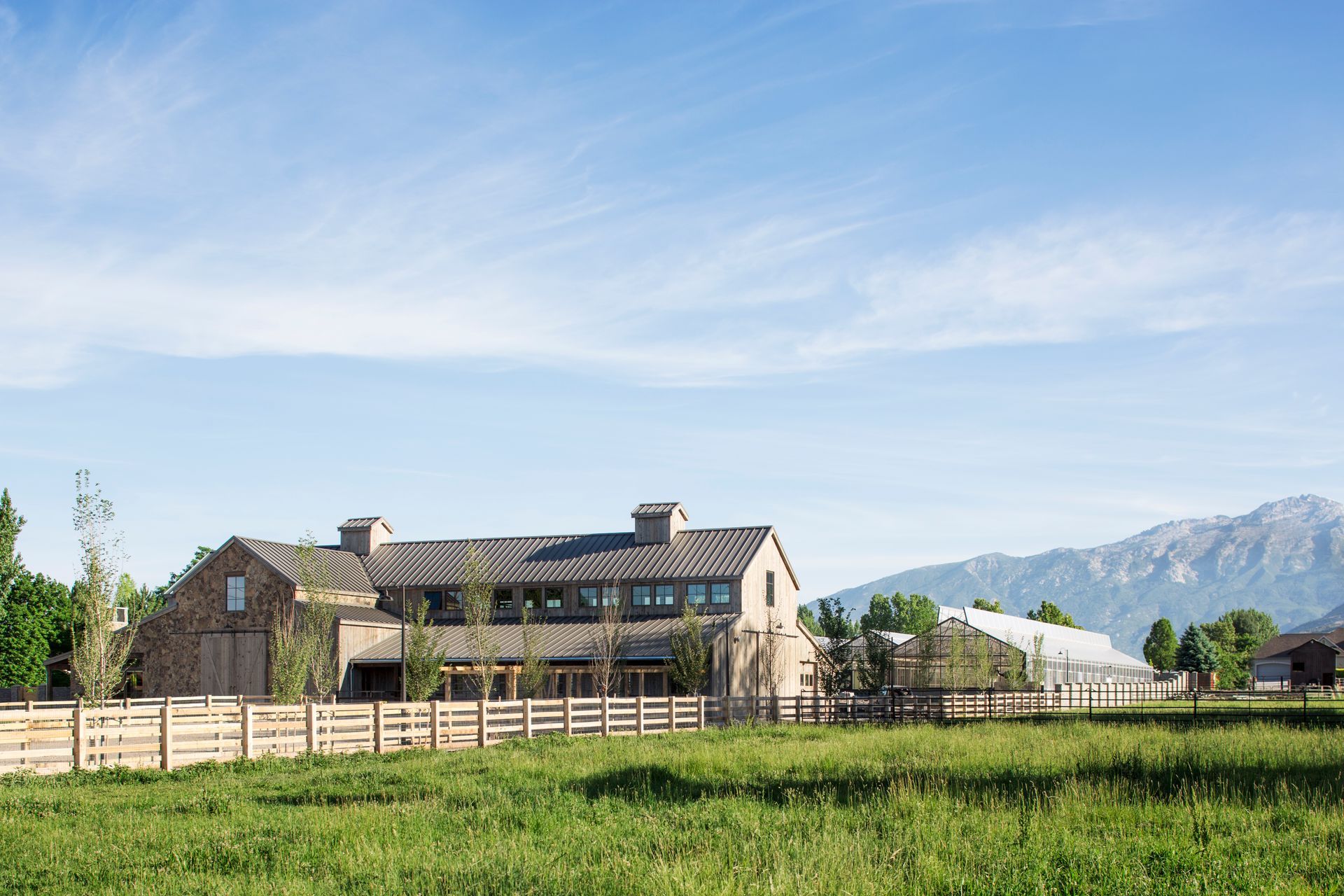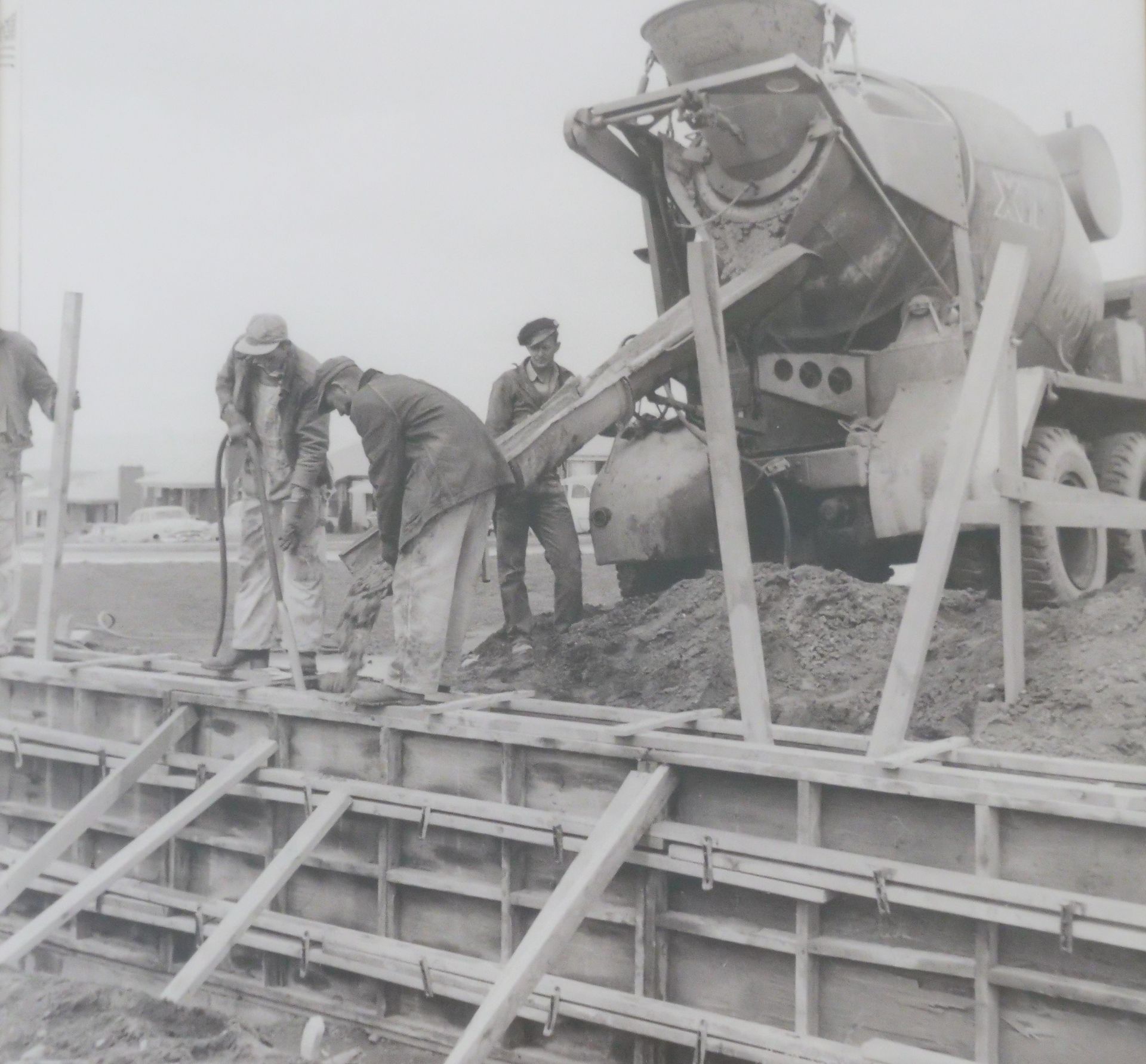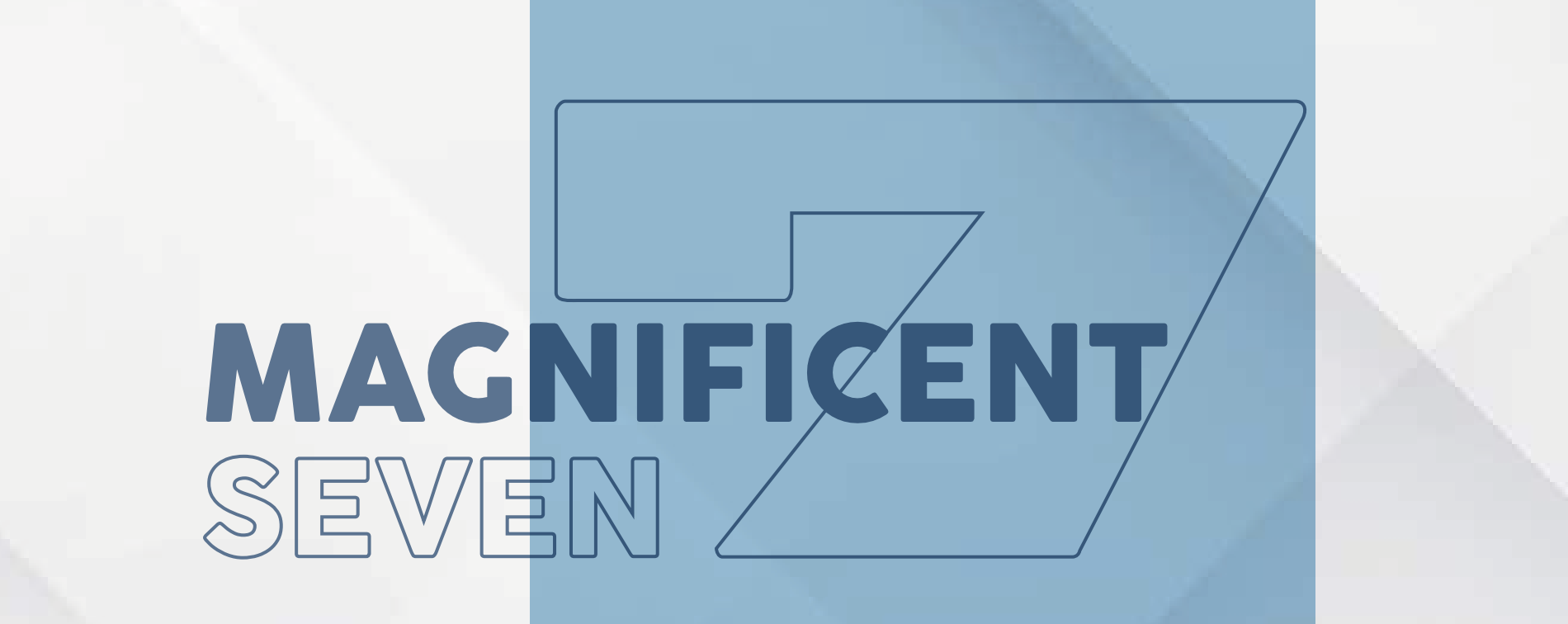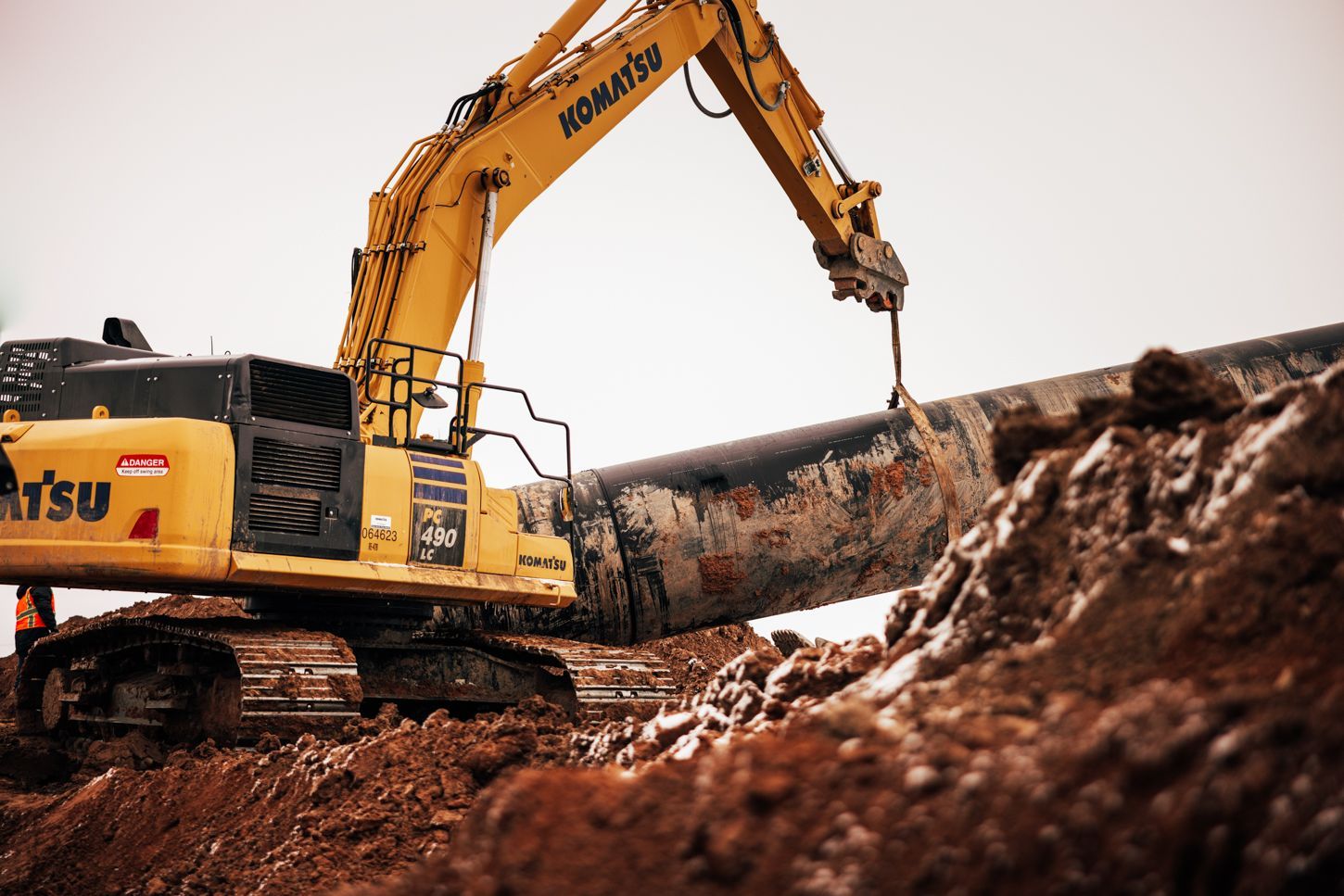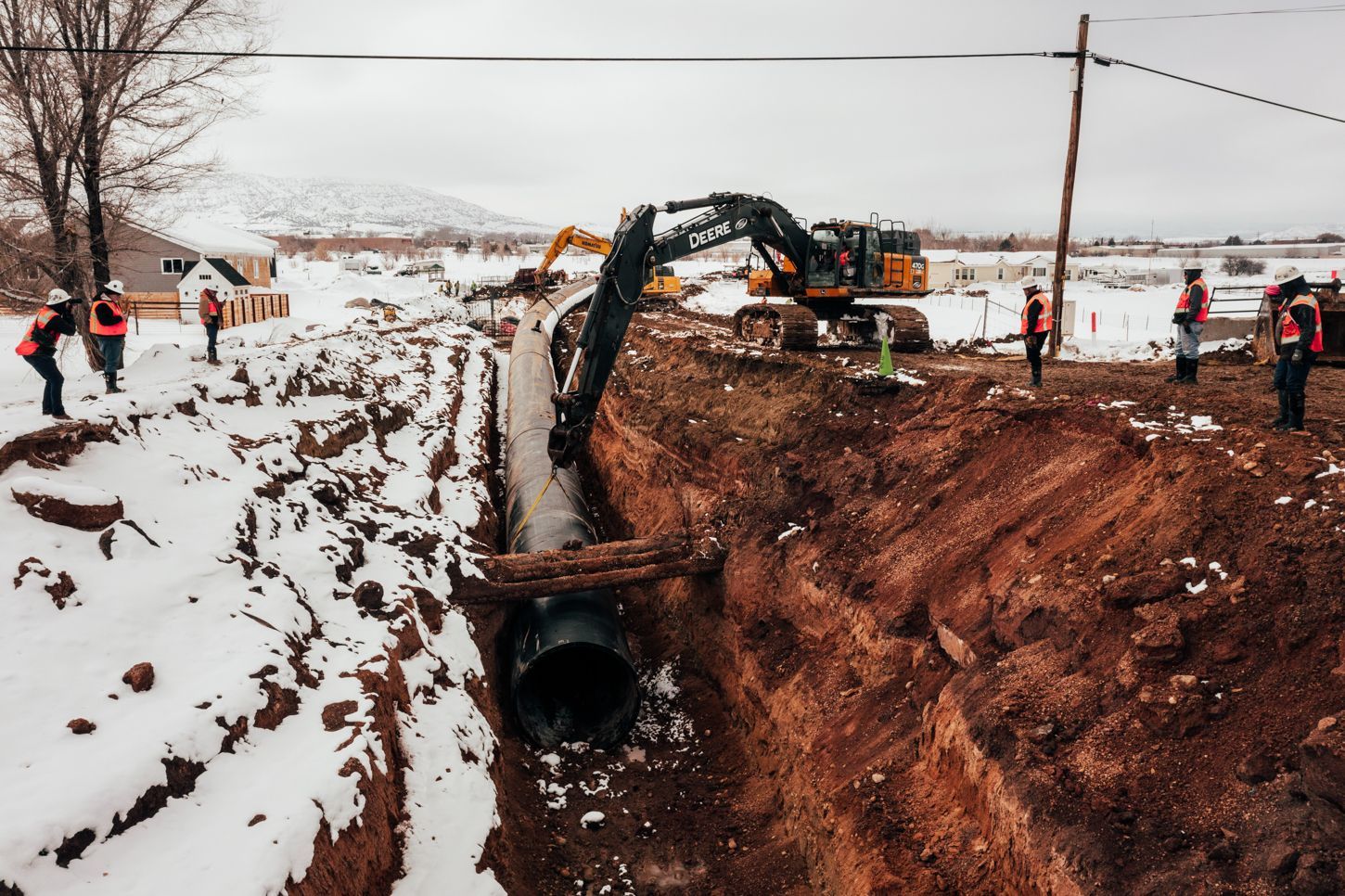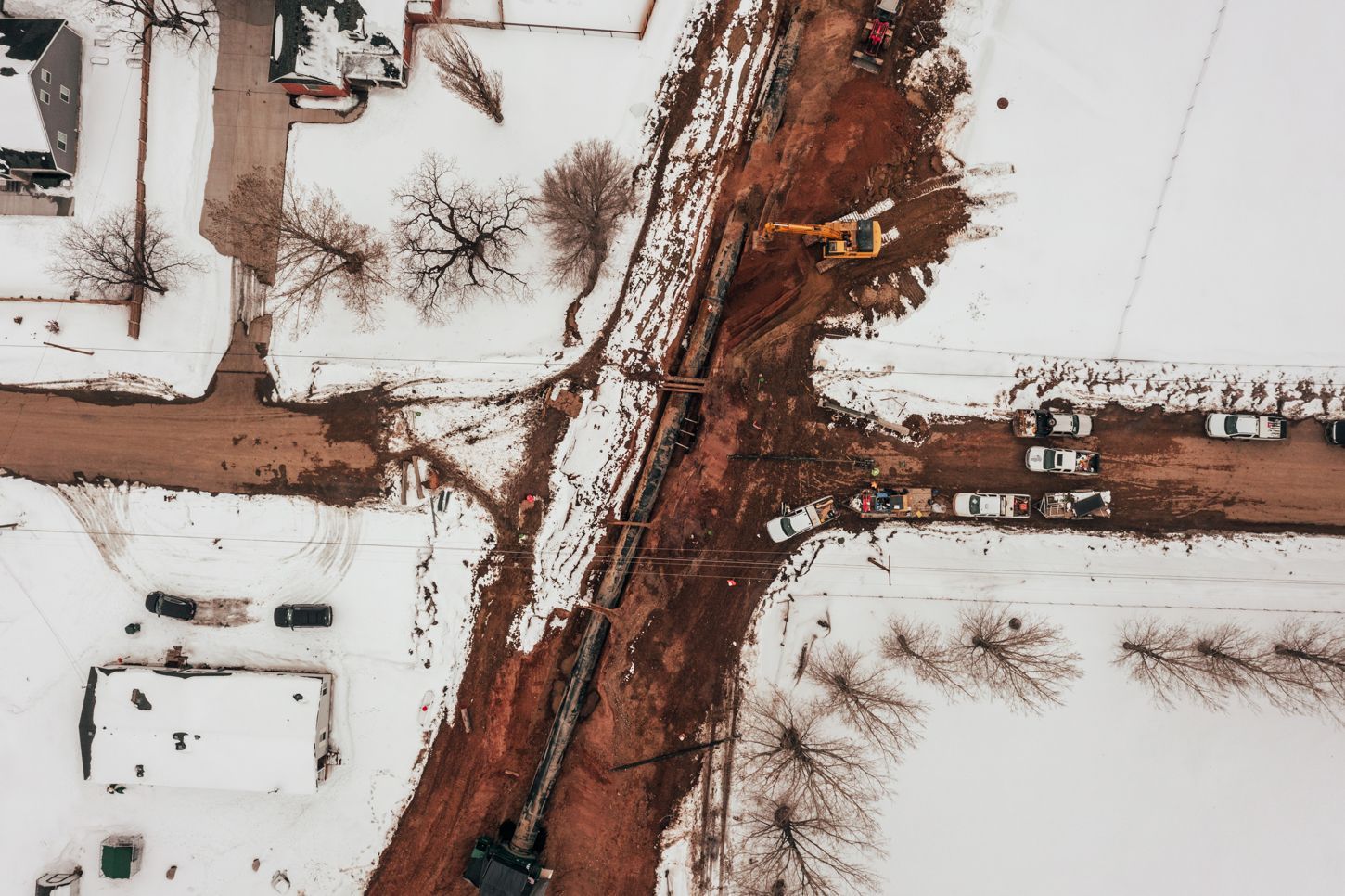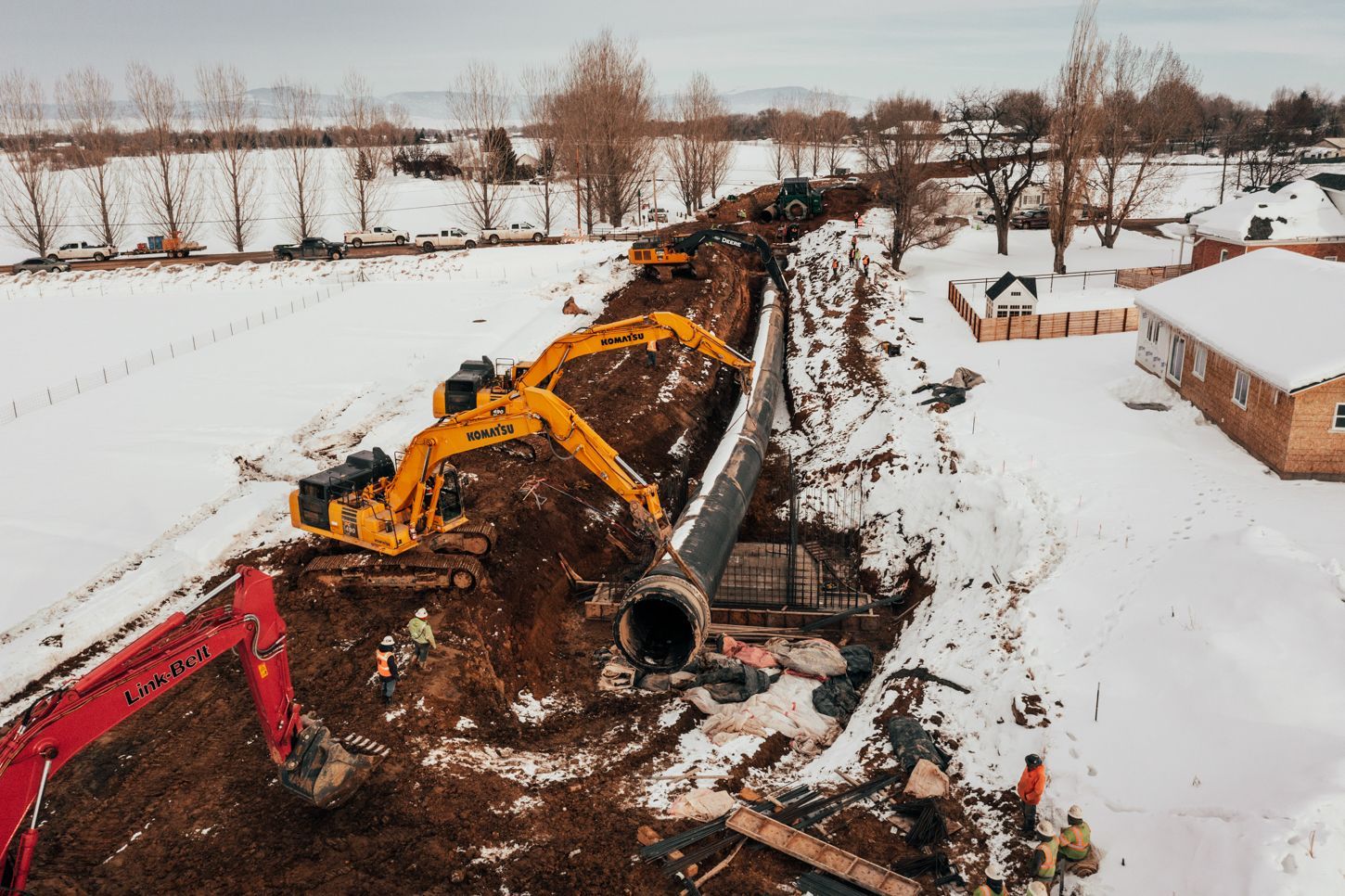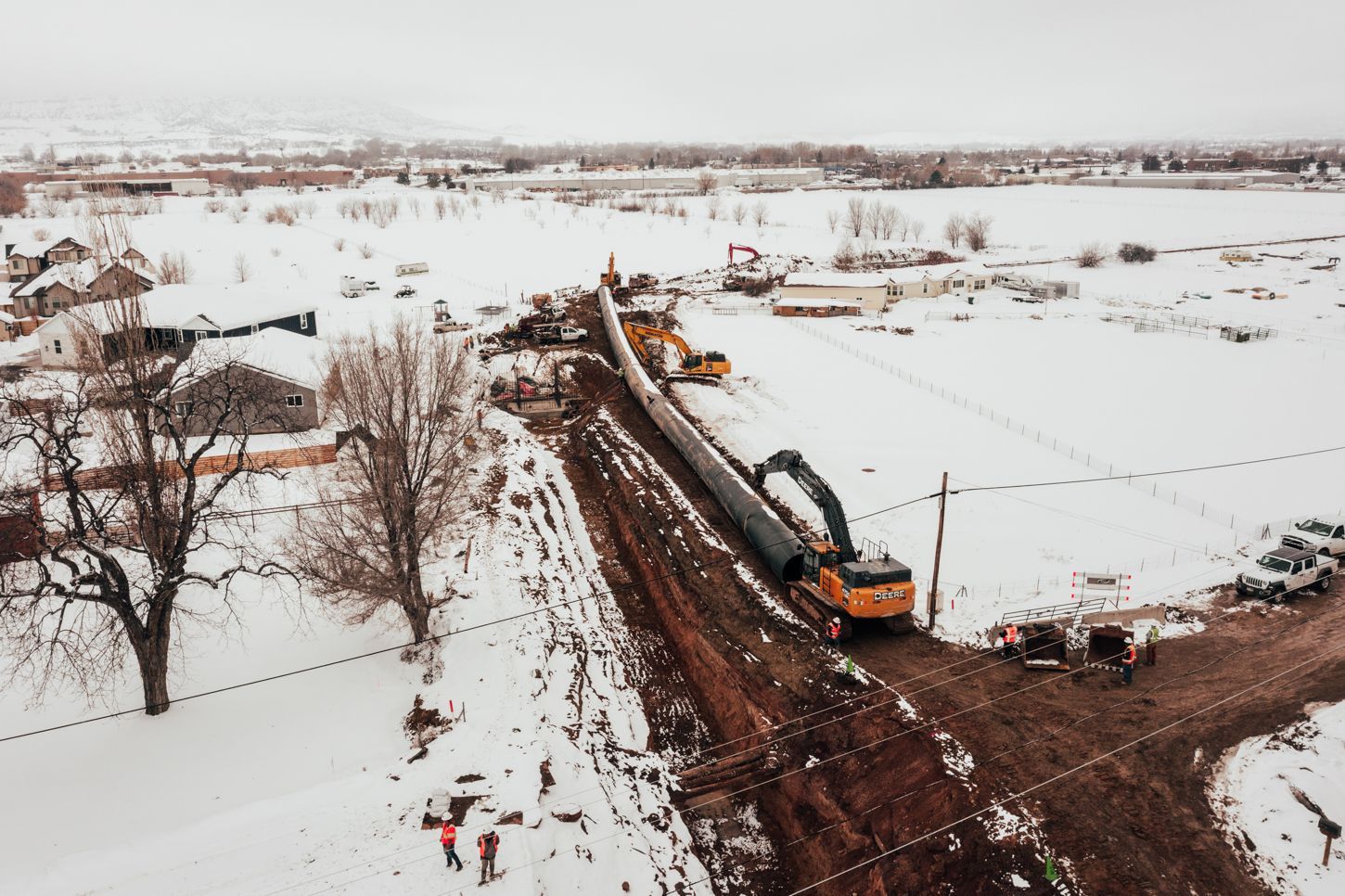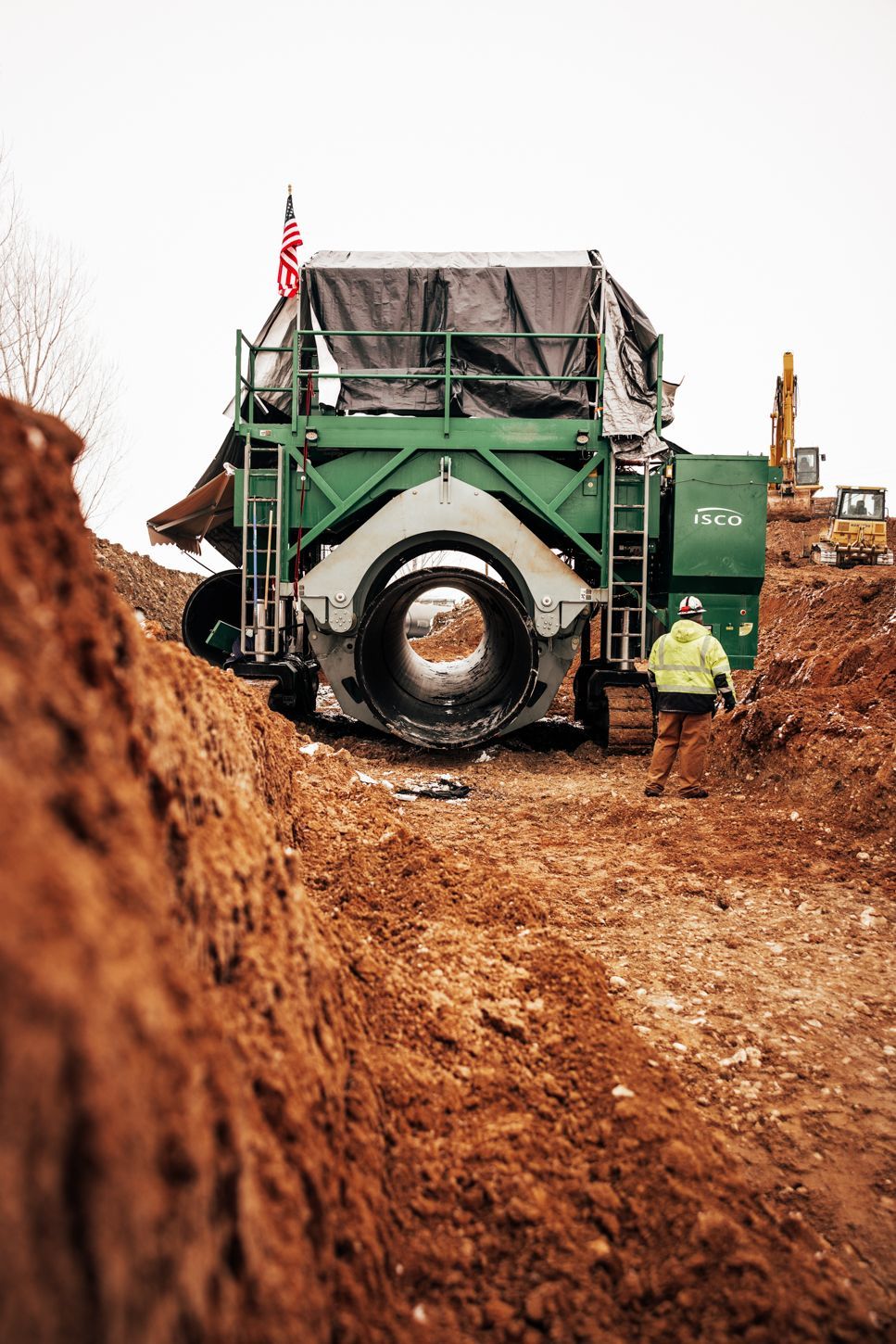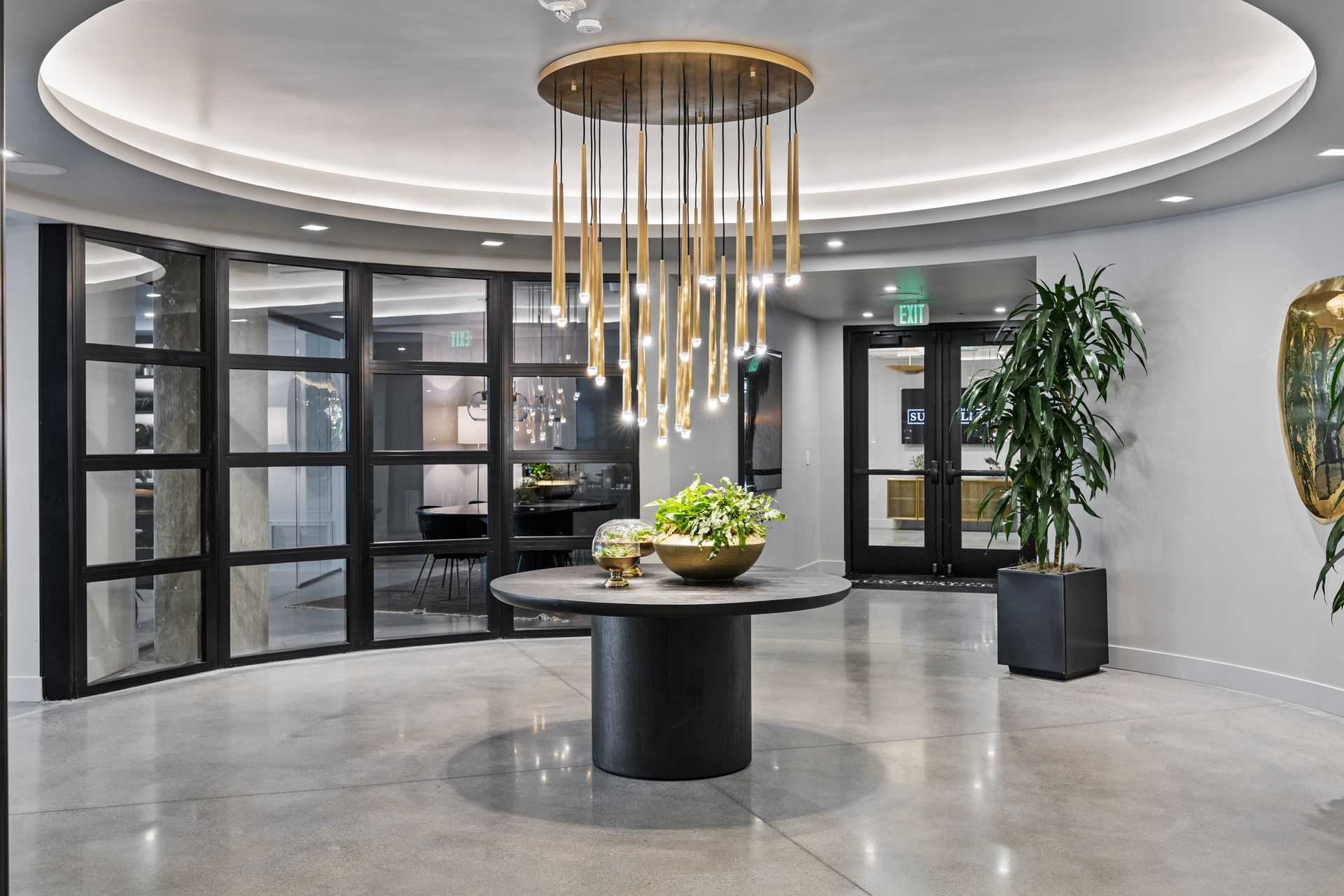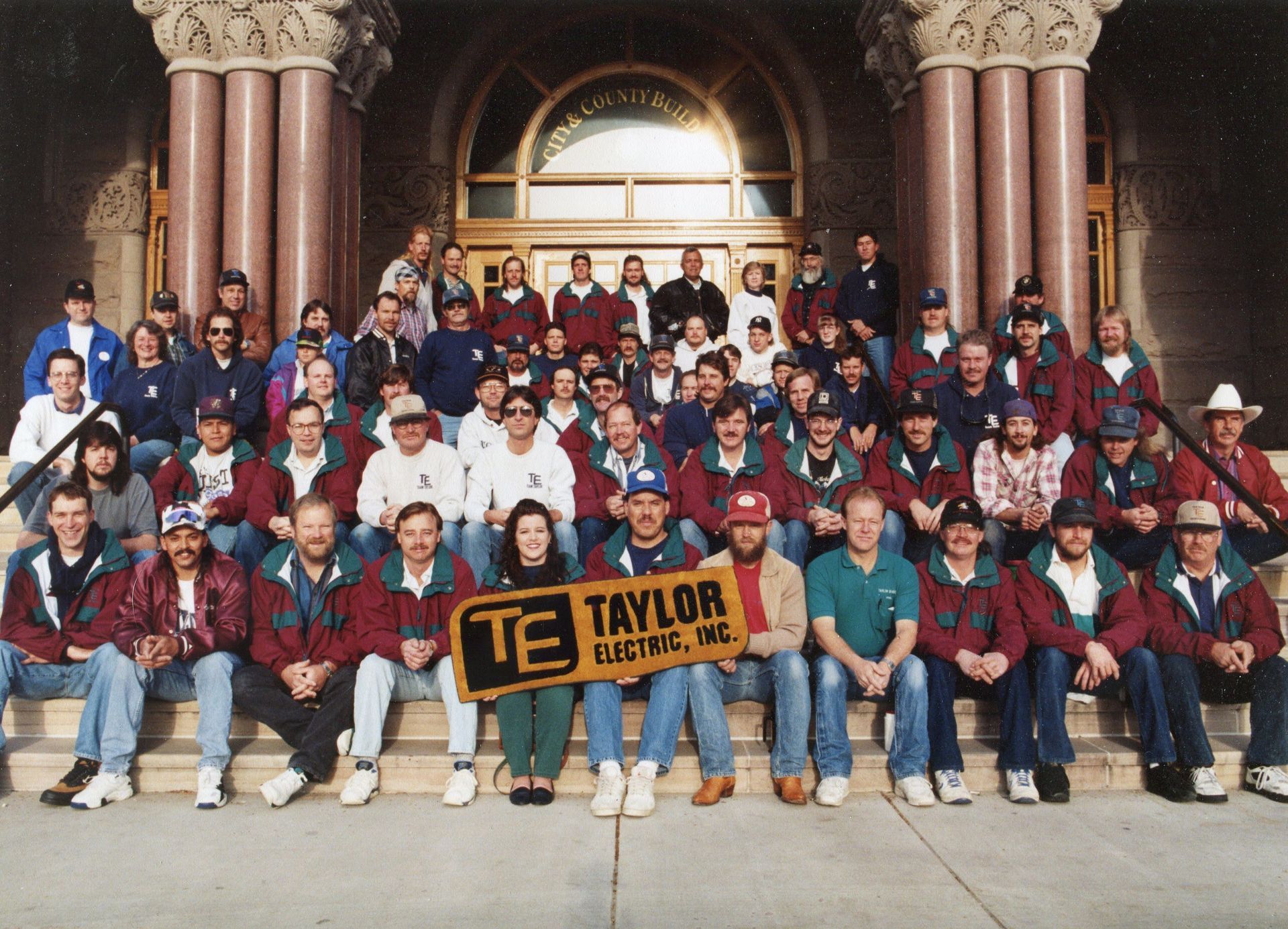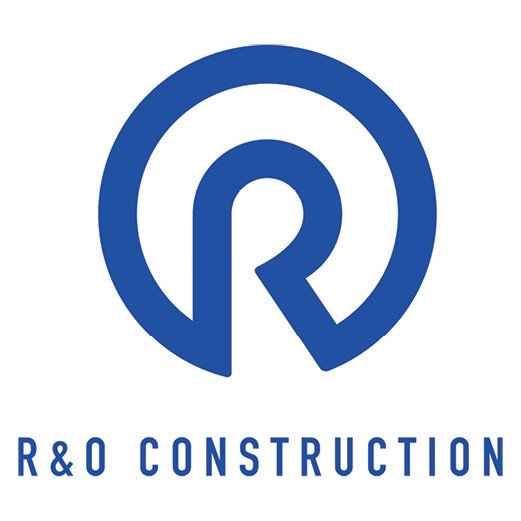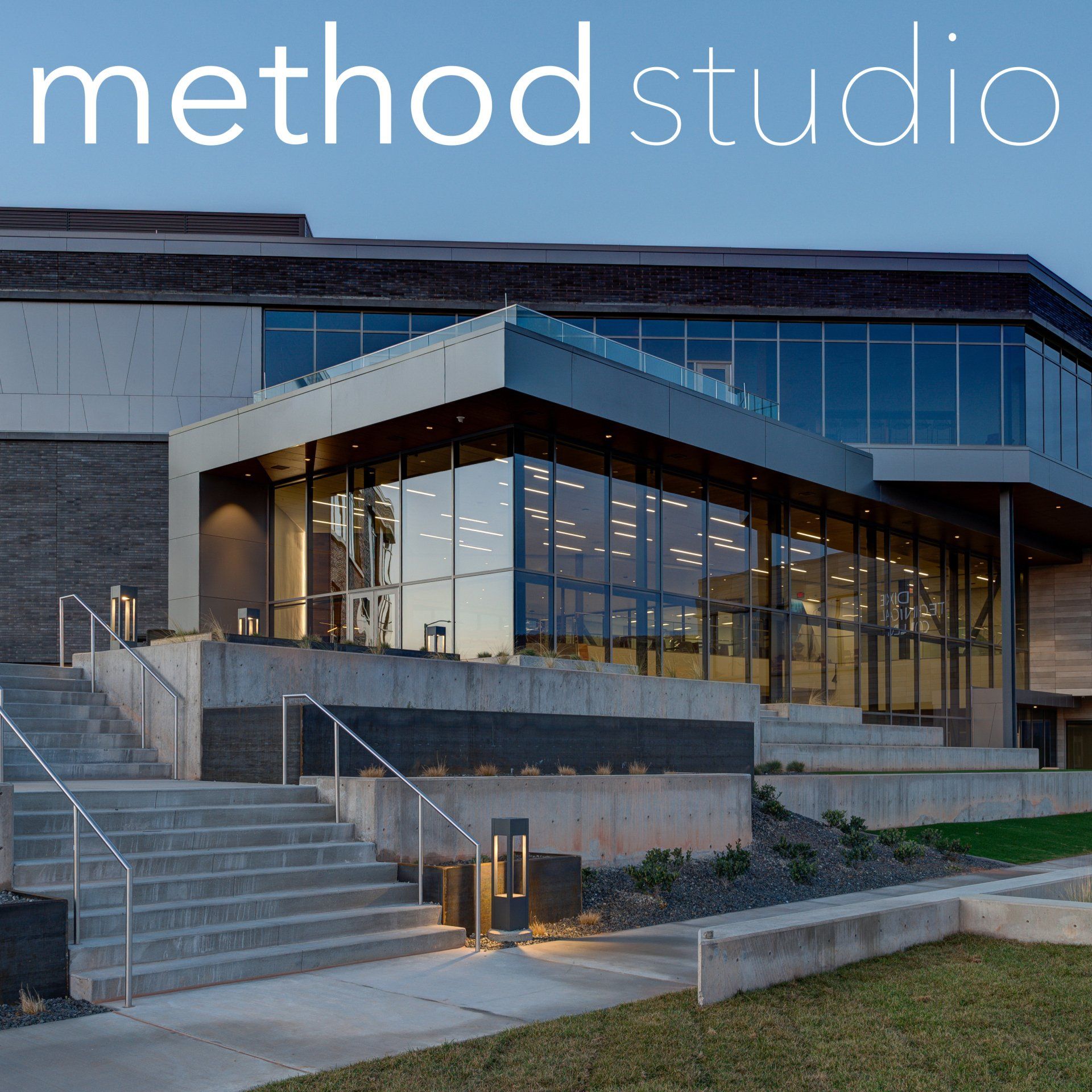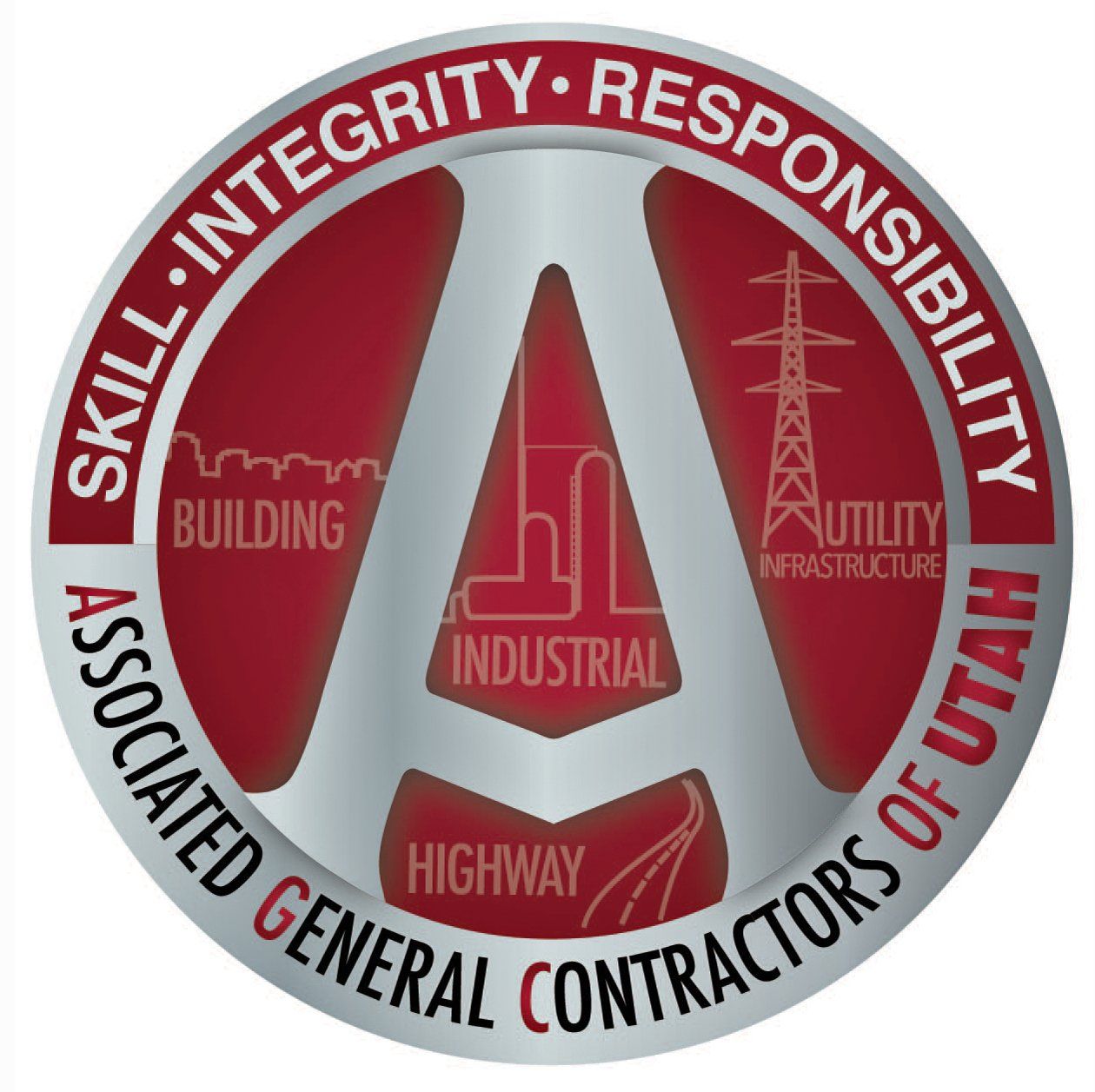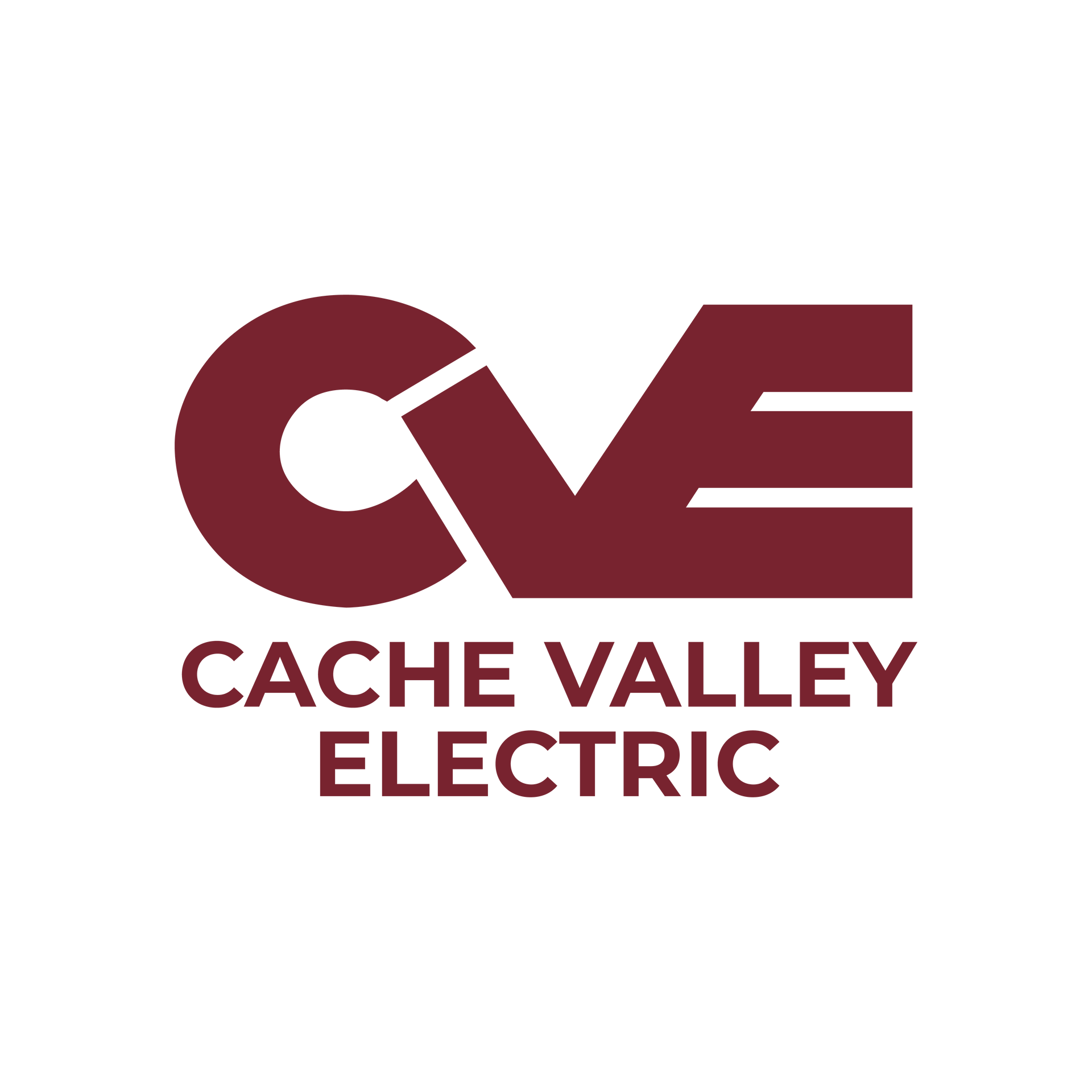It may have required the largest HDPE pipe ever utilized in the United States with installation occurring during a record year for snowpack in Utah, but the long-term Steinaker Service Canal Enclosure Project near Vernal is now halfway complete.
The canal carries water from Steinaker Reservoir to points nearly 12 miles south throughout the Ashley Valley, providing irrigation to more than 14,700 acres of land as well as municipal and industrial water users. The clay-lined canal was originally constructed in 1961-62, with initial water delivery in 1963. Recent improvement projects have been designed to turn the canal into a much more efficient pressurized pipe delivery system.
According to William Merkley, General Manager at the Uintah Water Conservancy District (UWCD), which oversees the canal, the first section of the project, (Reach I), was completed in 2017 and saw the three southernmost miles of the canal converted to pipe at a cost of $10 million. The latest sections of the project, Reach II and Reach III, began in September 2022 and extend pipe nearly three more miles northward from the previous ending point, with an estimated price tag of $27 million. Irrigation was restored to water users in June.
This currently leaves the canal in a hybrid condition—with half remaining an earthen canal and the other half utilizing pipeline. Due to funding constraints, Merkley said it is uncertain when UWCD will continue installing pipe on the remaining six miles. But, he noted, keeping the project moving forward is important for future water management interests throughout the Ashley Valley.
“Like many areas of the state, the Ashley Valley experiences wide fluctuations in seasonal water supply and prolonged periods of severe drought,” Merkley said. “As a wholesale water supplier for both irrigation and municipal/industrial use, the Uintah Water Conservancy District feels a strong stewardship responsibility to manage its water supplies as efficiently as possible. The open canals used successfully for so many decades [need] major rehabilitation, and seepage losses common in these earthen channels are no longer acceptable.”
Largest Pipe in the Nation
Adapting to the current hybrid condition of the canal while updating to pressurized pipeline presents UWCD and its project designers with many unique challenges.
“With each new section of canal piped, consideration of upstream conditions and structures is critical,” Merkley said. “Because higher water operating levels must be maintained upstream of the piped sections to sustain the necessary flows and head pressures, upstream farm bridges, turnouts and canal embankments all must be raised.”
One of the main project challenges is what also makes it unique. Designers decided to use 78-inch diameter HDPE (high-density polyethylene) pipe—the largest diameter ever used in the U.S. Known for its flexibility and impermeability, HDPE pipe is often used to replace aging concrete or steel pipelines.
“Although HDPE pipe is commonly used for canal enclosures in our region, the use of such large pipe was unprecedented,” Merkley said. “The large diameter was necessary due to the hybrid nature of our system, the shallowness of the canal’s slope, and the flows required to meet customer demands.
According to Mike Cottle, Project Director for BHI in Vernal, which handled construction for the project, the large pipe diameter enables enhanced control over the water flow, minimizing loss and maximizing the efficiency of water distribution.
Taking those colossal sections of 78-inch diameter pipe—each one checking in at 53 feet in length, tipping the scales at 16,500 pounds and filling an entire semi-truck load—from the drawing board to the ground itself, however, presented myriad obstacles.
“Being the first to install the largest solid wall HDPE pipe in the United States, we faced considerable challenges and a significant learning curve,” Cottle said. “An early obstacle we encountered was determining how to install bends in the project. Given the pipe’s massive 78-inch diameter, we had to figure out the maximum bend radius that the Talon fusion machine could straddle over the pipe without causing damage. Once we determined this, we collaborated with the engineering team to design all the necessary bends and radiuses.”
The installation of such a large pipe, Cottle said, demanded equally substantial equipment, including multiple fusion machines, 400 class excavators, articulating haul trucks and other equipment, each weighing 100,000+ pounds.
“From an engineering perspective, the design incorporates innovative features to optimize the canal’s performance,” he said, adding the design also encompasses air valves, manways, drains, screening structures, and other vital components that ensure smooth operation and maintenance of the canal system.
Rights of Passage
Working with a restricted right of way required the team to grub and excavate the existing canal, lay out the pipe, fuse the 78-inch pipe, and install and backfill it, Cottle said.
“Our approach may look different when traversing a field or large right of way,” he noted. “Both BHI and the design team (Draper-based Bowen Collins & Associates) were continuously exploring new strategies to maintain progress within the 100-foot right of way.”
Mother Nature also offered up some surprises for construction crews via prolonged winter conditions in Vernal, adding another layer of complexity to working with a clay canal. Cottle said crews placed pumps to regulate water levels, utilized blankets to manage frost, and track-out mats to keep equipment atop the mud.
Bountiful Benefits
According to a 2022 report by the Utah Department of Natural Resources’ Board of Water Resources, the estimated savings—after eliminating losses due to seepage and evaporation–will be 1,000 acre-feet of water annually for Reaches II and IIIA.
Merkley said the average annual water delivery in the Steinaker Service Canal is 27,080 acre-feet.
“Our consulting engineers estimated that enclosure of the entire canal would yield savings of 5,500 acre-feet annually, which represents approximately 20% of total deliveries,” he said.
Other than water savings, Merkley pointed to several additional benefits attached to the eventual full enclosure of the canal. They include:
- Public safety by eliminating an open canal in urbanized areas.
- Improved water quality by eliminating trash and debris inherent with an open canal.
- Reduced time monitoring the canal.
- Operational efficiencies through enhanced measurement and automation possibilities.
- Drought resiliency by providing irrigation and drinking water via Steinaker Reservoir.
- Additional benefits to fish and wildlife, the local farm economy and recreation at Steinaker Reservoir.
While the timeline for full completion is uncertain, due to funding constraints, the breakdown in the two remaining sections is known. Merkley said Reach III(b) will extend the project to Vernal’s Main Street, followed by the final four miles to the reservoir in Reach IV.
“Reach IV is significant,” Merkley said, “because it not only completes the canal enclosure but also requires pressurization of Steinaker Dam’s outlet works.”
Merkley said the just-completed sections represent a strategic investment by the UWCD toward water security in the Ashley Valley
“Although only a portion of the larger effort, the current project signifies, at the very least, a recognition by the UWCD that we shoulder a tremendous responsibility to preserve and continually develop our water resources,” he said.
For now, ownership, construction and design teams can take pride in the innovative canal design and construction through harsh weather conditions and various other challenges.
“The quality of work carried out is a testament to the team’s unwavering commitment to their craft and their dedication to delivering the best possible outcomes for all stakeholders,” Cottle said. “The primary objective of the design was to ensure the efficient and effective delivery of irrigation water to users in the Ashley Valley area, a goal that has been resoundingly achieved.”
